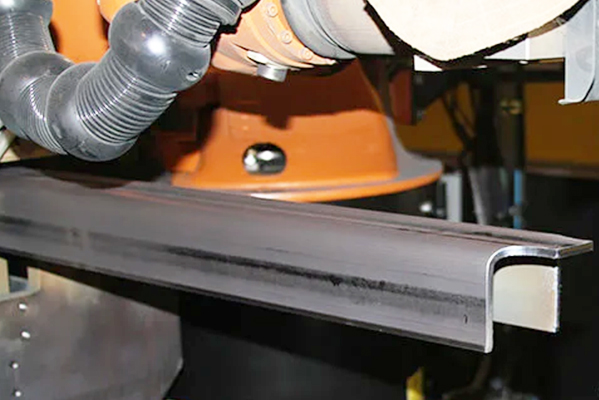Navigation Menu
Contact Us
- Email:
- info@wxavatar.com
- Address:
- Yurong Village, Yuqi Street, Huishan District, Wuxi, China.
Release Date:Mar 26, 2025 Visit:54 Source:Roll Forming Machine Factory
Rail transportation remains one of the most efficient and widely-used methods for moving passengers and freight across both short and long distances. The reliability and safety of rail systems depend on a complex array of specialized components and equipment that work together seamlessly. This article explores the fundamental elements that make up railroad infrastructure, from the tracks themselves to the sophisticated signaling systems that keep trains running smoothly.
Track Components
1. Rails
The most visible part of any railroad, rails are the steel beams that guide train wheels. Modern rails typically use a flat-bottomed profile (UIC 60 or AREA 136 lb) and are welded into long continuous sections to reduce noise and vibration.
2. Rail Fastening Systems
These crucial components secure rails to railroad ties (sleepers) and include:
Baseplates that distribute load
Rail clips or spikes that hold rails in place
Insulators that prevent electrical interference in electrified systems
3. Railroad Ties (Sleepers)
Traditionally made of wood (often treated hardwood), modern ties increasingly use concrete or composite materials. They maintain the proper gauge (distance between rails) and transfer load to the ballast.
4. Ballast
The crushed stone foundation beneath and around ties that:
Provides drainage
Distributes load to the subgrade
Prevents vegetation growth
Allows for track adjustment

5. Turnouts (Switches and Crossings)
Complex assemblies that enable trains to change tracks, consisting of:
Switch rails (movable points)
Stock rails (fixed)
Frogs (the crossing point)
Guard rails
Rolling Stock Components
1. Locomotive Systems
Prime movers (diesel or electric)
Traction motors
Control systems
Braking systems (air, dynamic, regenerative)
2. Freight Car Components
Couplers (knuckle or automatic)
Trucks (bogies) with wheelsets
Brake systems
Load-securing equipment
3. Passenger Car Features
Crash energy management structures
HVAC systems
Accessibility equipment
Interior furnishings
Signaling and Control Equipment
1. Track Circuits
Electrical systems that detect train presence on a section of track.
2. Signals
Color-light signals
Position-light signals
Cab signals (in-cab displays)
3. Interlocking Systems
Coordinate movement through complex track areas like junctions.
4. Positive Train Control (PTC)
Advanced systems that automatically stop trains to prevent:
Collisions
Derailments from excessive speed
Incursions into work zones
Maintenance Equipment
1. Track Maintenance Machinery
Ballast regulators
Tamping machines
Rail grinders
Tie replacement machines
2. Inspection Technology
Ultrasonic rail flaw detectors
Geometry measurement systems
Wayside detection systems (hot box, dragging equipment)

Electrification Components (for electrified lines)
1. Overhead Line Equipment (OLE)
Catenary wires
Contact wires
Droppers
Support structures
2. Substations
Convert and distribute electrical power to trains.
Safety Systems
1. Grade Crossing Equipment
Gates
Flashers
Warning bells
Pavement markings
2. Derailment Prevention
Guard rails on curves
Wheel impact load detectors
Conclusion
The modern railroad represents an intricate integration of mechanical, electrical, and civil engineering components, each playing a vital role in safe and efficient operation. From the basic rail-and-tie structure to advanced computerized control systems, railroad components have evolved significantly since the early days of railroading. Continued innovation in materials science, automation, and data analytics promises to further enhance the reliability and capacity of rail systems worldwide. Understanding these components provides insight into why railroads remain a cornerstone of transportation infrastructure after nearly two centuries of technological development.